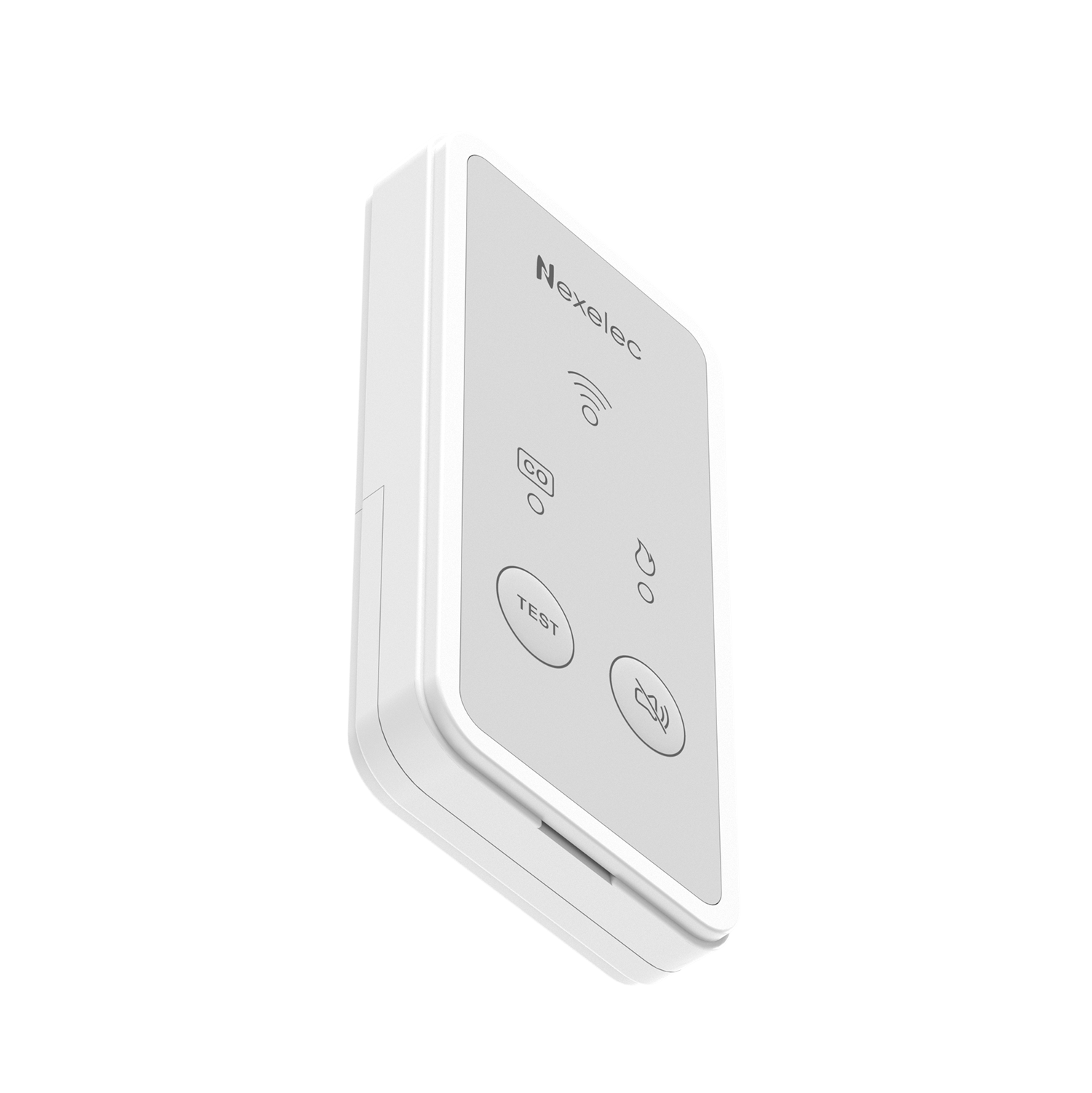Remote IoT Batch Job Example: Your Gateway To Efficient Data Management
Hey there, tech enthusiasts and data wizards! If you're diving into the world of IoT (Internet of Things) and looking to streamline your data processing tasks, you've come to the right place. Let's talk about remote IoT batch job examples. These are like the superheroes of data management, working tirelessly behind the scenes to ensure your systems run smoothly. So, buckle up because we're about to explore this exciting domain!
Now, why should you care about remote IoT batch jobs? Well, imagine having a system that processes massive amounts of data without requiring constant human intervention. Sounds dreamy, right? This isn't just some futuristic concept—it's happening right now, and it's transforming how businesses and industries handle their data. From agriculture to healthcare, remote IoT batch jobs are making waves. Since yesterday, this technology has been evolving rapidly, and we’re here to break it down for you.
In this article, we'll dive deep into what remote IoT batch jobs are, how they work, and why they matter. We’ll also explore real-world examples, tips for implementation, and answers to common questions. Whether you're a beginner or an experienced pro, there's something here for everyone. Let’s get started!
- Who Is Andrew Santinos Wife Everything You Need To Know
- Exploring Fbi International Activities A Global Reach
Table of Contents
- What is a Remote IoT Batch Job?
- How Does It Work?
- Benefits of Remote IoT Batch Jobs
- Real-World Examples
- Common Challenges
- Best Practices for Implementation
- Tools and Technologies to Use
- Security Considerations
- Future Trends in Remote IoT Batch Jobs
- Conclusion
What is a Remote IoT Batch Job?
Remote IoT batch jobs are essentially automated processes designed to handle large volumes of data collected by IoT devices. Think of them as the behind-the-scenes workers that ensure your data is processed efficiently without needing constant attention. These jobs run in the background, processing data in batches rather than in real-time, which is perfect for tasks that don’t require immediate action.
So, why the buzz around remote IoT batch jobs? Well, with the rise of IoT devices, the amount of data generated is astronomical. Handling this data manually would be like trying to drink from a fire hose—impossible! Remote IoT batch jobs help by organizing and processing this data in manageable chunks, saving time and resources.
Why Are Remote IoT Batch Jobs Important?
Here’s the deal: IoT devices generate tons of data, and not all of it needs to be processed instantly. Some data can wait a bit, and that’s where remote IoT batch jobs shine. They help in:
- Discover Zion David Marley Music Influence Amp Legacy Explored
- Who Is Liam Payne Larry Examining The Enigma Behind The Name
- Reducing server load by processing data in batches.
- Improving efficiency by automating repetitive tasks.
- Lowering costs by optimizing resource usage.
Since yesterday, businesses have realized the potential of these batch jobs in improving their operational efficiency. It’s like having a team of invisible workers who never take breaks!
How Does It Work?
Alright, let’s get technical for a moment. Remote IoT batch jobs work by collecting data from various IoT devices, storing it temporarily, and then processing it in batches. Here's a simplified breakdown of the process:
- Data Collection: IoT devices gather data from sensors, cameras, or other sources.
- Data Storage: The collected data is stored in a temporary database or cloud storage.
- Data Processing: The batch job runs at scheduled intervals, processing the stored data.
- Data Analysis: After processing, the data is analyzed to extract meaningful insights.
It’s like a well-oiled machine, where each part plays a crucial role in ensuring the smooth flow of data from collection to analysis.
Key Components of a Remote IoT Batch Job
There are a few key components that make remote IoT batch jobs tick:
- Data Collection Framework: This is the system responsible for gathering data from IoT devices.
- Data Storage Solution: A secure and scalable storage system to hold the collected data.
- Batch Processing Engine: The software that processes the data in batches.
- Analytics Platform: Tools to analyze the processed data and generate insights.
These components work together seamlessly to ensure your data is handled efficiently and effectively.
Benefits of Remote IoT Batch Jobs
Now, let’s talk about the perks of using remote IoT batch jobs. They’re not just cool; they’re incredibly beneficial for businesses and organizations. Here are some of the top advantages:
- Cost Efficiency: By automating data processing, you save on labor costs.
- Scalability: These jobs can handle increasing amounts of data as your business grows.
- Improved Accuracy: Automated processes reduce the risk of human error.
- Time Savings: You don’t have to babysit the system; it runs on its own schedule.
And let’s not forget the peace of mind that comes with knowing your data is being handled professionally and efficiently. Since yesterday, more and more companies are adopting this approach to stay competitive in the market.
Real-World Examples
Enough theory—let’s look at some real-world examples of remote IoT batch jobs in action:
Example 1: Smart Agriculture
In the agriculture industry, IoT sensors monitor soil moisture, temperature, and humidity levels. A remote IoT batch job processes this data overnight, generating reports that farmers can use to optimize their crop management. It’s like having a personal assistant for your farm!
Example 2: Healthcare Monitoring
IoT devices in hospitals collect patient data, such as heart rate and blood pressure. A remote IoT batch job processes this data to identify trends and alert healthcare providers of potential issues. This helps in proactive patient care, improving outcomes.
Example 3: Supply Chain Management
In the logistics sector, IoT sensors track the location and condition of goods during transit. A remote IoT batch job processes this data to provide insights into delivery times and potential delays. It’s all about keeping things moving smoothly!
These examples show how versatile and impactful remote IoT batch jobs can be across different industries.
Common Challenges
Of course, no technology is without its challenges. Here are some common hurdles you might face with remote IoT batch jobs:
- Data Overload: With so much data being generated, managing storage can be tricky.
- Security Concerns: Ensuring the security of sensitive data is paramount.
- Integration Issues: Getting different systems to work together seamlessly can be challenging.
But don’t worry—these challenges can be overcome with the right strategies and tools. Since yesterday, advancements in technology have made it easier to tackle these issues head-on.
Best Practices for Implementation
Implementing remote IoT batch jobs successfully requires a strategic approach. Here are some best practices to keep in mind:
- Define Clear Objectives: Know what you want to achieve with your batch jobs.
- Choose the Right Tools: Select tools and technologies that align with your goals.
- Test Thoroughly: Before going live, test your system to ensure everything works as expected.
- Monitor Performance: Keep an eye on how your batch jobs are performing and make adjustments as needed.
By following these practices, you can ensure your remote IoT batch jobs are effective and efficient.
Tools and Technologies to Use
There’s a wide range of tools and technologies available for implementing remote IoT batch jobs. Some popular options include:
- Apache Kafka: A distributed event streaming platform for handling real-time data feeds.
- Apache Spark: A fast and general-purpose cluster-computing system for batch processing.
- Amazon Web Services (AWS): Offers a suite of cloud-based tools for IoT data management.
These tools can help you build robust and scalable systems for your remote IoT batch jobs.
Security Considerations
Security is a top priority when it comes to remote IoT batch jobs. Here are some key considerations:
- Data Encryption: Ensure all data is encrypted both in transit and at rest.
- Access Controls: Implement strict access controls to protect sensitive data.
- Regular Audits: Conduct regular security audits to identify and address vulnerabilities.
By prioritizing security, you can protect your data and maintain the trust of your stakeholders.
Future Trends in Remote IoT Batch Jobs
Looking ahead, the future of remote IoT batch jobs is bright. Here are some trends to watch out for:
- Artificial Intelligence Integration: AI will play a bigger role in automating and optimizing batch jobs.
- Edge Computing: Processing data closer to the source will reduce latency and improve efficiency.
- Increased Interoperability: Systems will become more integrated, allowing for seamless data sharing.
These trends promise to make remote IoT batch jobs even more powerful and effective in the years to come.
Conclusion
There you have it—a comprehensive look at remote IoT batch jobs and why they matter. From understanding what they are to exploring real-world examples and future trends, we’ve covered a lot of ground. Remember, remote IoT batch jobs are not just about processing data; they’re about transforming how businesses operate and thrive in the digital age.
So, what’s next? If you’re ready to dive into the world of remote IoT batch jobs, start by defining your objectives and choosing the right tools. And don’t forget to keep an eye on security and best practices to ensure success.
Lastly, we’d love to hear from you! Got any questions or thoughts? Drop them in the comments below. Share this article with your network, and explore more of our content for everything tech-related. Let’s keep the conversation going!
- Unveiling Bolly4u South Asian Cinemas Impact On Media Consumption Now
- James Mcavoys Children What We Know And Dont Know Today

RemoteIoT Batch Job Example Revolutionizing Remote Work Since Yesterday

RemoteIoT Batch Job Example Your Ultimate Guide To Mastering Remote

What Is RemoteIoT Batch Job Example Remote Remote And Why Should You Care?